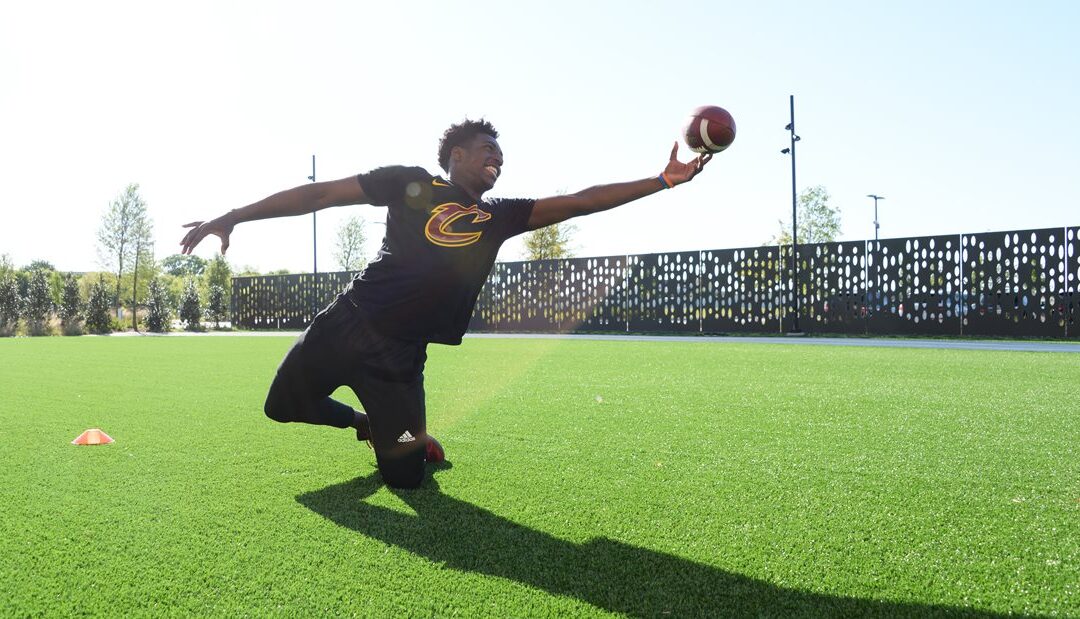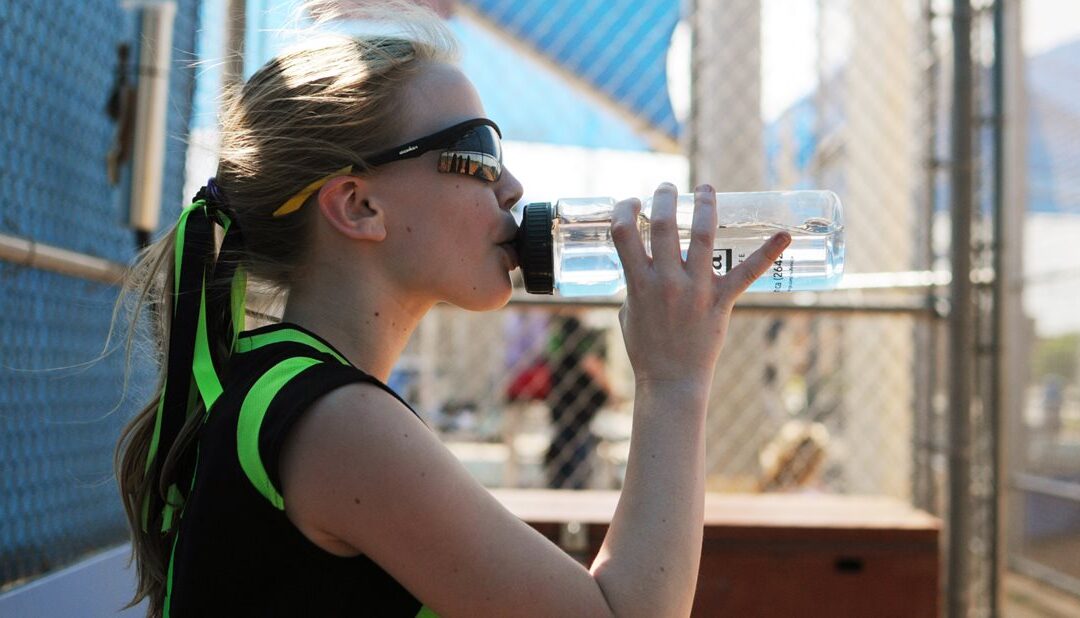
How to Help Your Kids Prevent Football Injuries
Even as awareness of concussions and other problems has grown, football remains the most popular sport for adolescent boys. While participation has dropped, Texas still has the most high school football players of any state – totaling more than 170,000. That’s almost double the number of players in California, which has the second largest population of players. It’s no surprise that the sport remains so popular in a state known for “Friday Night Lights.” Yet while rule changes have modified risks, football injuries are still common. Scottish Rite for Children has advice to help your kids avoid some of these common sport injury problems.
Common Injuries in Football
Football has the highest injury rate among school sports. Most youth sports injuries are muscle, joint or bone injuries including:
- Ankle sprains
- Fractures
- Knee injuries, such as anterior cruciate ligament (ACL), meniscus tear, medial collateral ligament (MCL) or posterior cruciate ligament (PCL) injuries or tears
- Muscle strains
- Shoulder injuries, such as dislocations, sprains and tears
Other common injuries in football are concussions and heat-related injuries, such as dehydration and exertional heat stroke.
Protective Equipment Is Key
Tackle football players wear pads for a reason. If your child is playing on a team that does not have the resources of a varsity-level squad, make sure they practice with the correct gear including:
- Properly fitting helmet approved by the National Operating Committee on Standards for Athletic Equipment
- Leg (thigh and knee) pads
- Mouthguards
- Cleats that are the correct size and fit
- Shoulder pads
- Protective cups
Some players may also wrap their wrists, ankles or knees with tape or bracing. Protective braces (i.e. knee brace or ankle brace) may decrease the risk of injury in some athletes. However, custom outer knee braces have not yet been proven to lower injury outcomes.
Practice Makes (Almost) Perfect
Proper training may also reduce injury risk. While your child’s coach determines what happens at practices, you can help your child learn ways to reduce the risk of football injuries all year long by:
- Encouraging moderate off-season conditioning. Staying in shape throughout the year with cardiovascular exercise and strength training is great for your child’s health overall and may reduce the risk of injuries when they head back to the field.
- Getting a physical. A pre-season assessment by your child’s pediatrician or sports medicine specialist can ensure that your child is healthy enough to play and raise any areas of opportunity for addressing musculoskeletal complaints before training begins.
- Promoting hydration. Not only does proper hydration help prevent heat-related injuries, it’s also important for peak performance and maintaining a proper tackling technique.
Encouraging your child to play different sports during the offseason can also help prevent overuse injuries while keeping them active and conditioned. Playing multiple sports has been shown to be associated with improved performance and reduced injury risk.
What About Concussions?
Whether your kids are linemen or quarterbacks, concussions are a risk during games and practice. Although some full contact drills have been banned from youth practice to reduce concussion risk, 63% of concussions in high school football players do happen from tackling, even during practice. Helmets do not prevent concussions, regardless if they are the best rated helmets on the market. Delaying tackling until the age of 14 is advised by some, however, there are ways to make the sport safer for young athletes. If your child is playing tackle football, make sure the coaches:
- Limit tackling during practice.
- Teach safe tackling tactics.
- Remove the child from play immediately whenever a concussion is suspected.
- Always follow established return to play guidelines after a concussion.
- Have a doctor and/or athletic trainer on the sidelines to evaluate players during games after a possible concussion.
Talk to the Coaches
Coaches are an important part of football injury prevention. Before signing your child up for a league, ask the coaching staff questions to ensure injury prevention is part of their philosophy such as:
- Do you encourage injured players to keep playing or take time off to recover?
- If my child has a possible concussion, what is the protocol at the time of the injury and when it is time to return to play?
- Does your child have their own water available?
- How do you teach sportsmanship and fair play?
- What type of tackles and drills do you run during practice?
- Will practice be rescheduled or held indoors if the weather is extremely hot or severe storms are expected?
Only you can decide if a coach’s temperament and attitude toward the game is the right fit for your child — or if football is even a good option for your family. But with a proactive coaching staff, a supportive home and your sports medicine team at Scottish Rite, you can help limit the risk of a sports injury in football for your child.
Want more advice on preventing or treating football injuries for your child? Call 469-515-7100 to schedule an appointment with one of our sports medicine specialists at Scottish Rite for Children Orthopedic and Sports Medicine Center.




